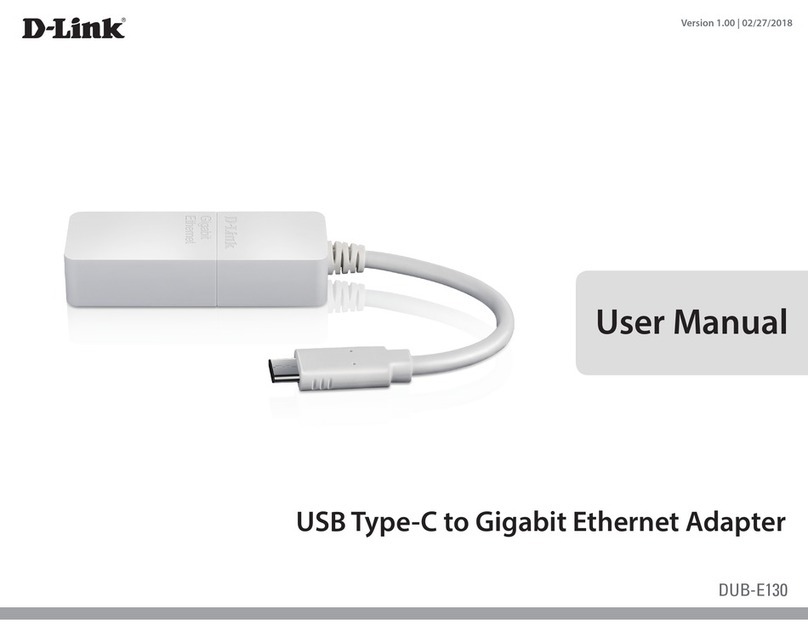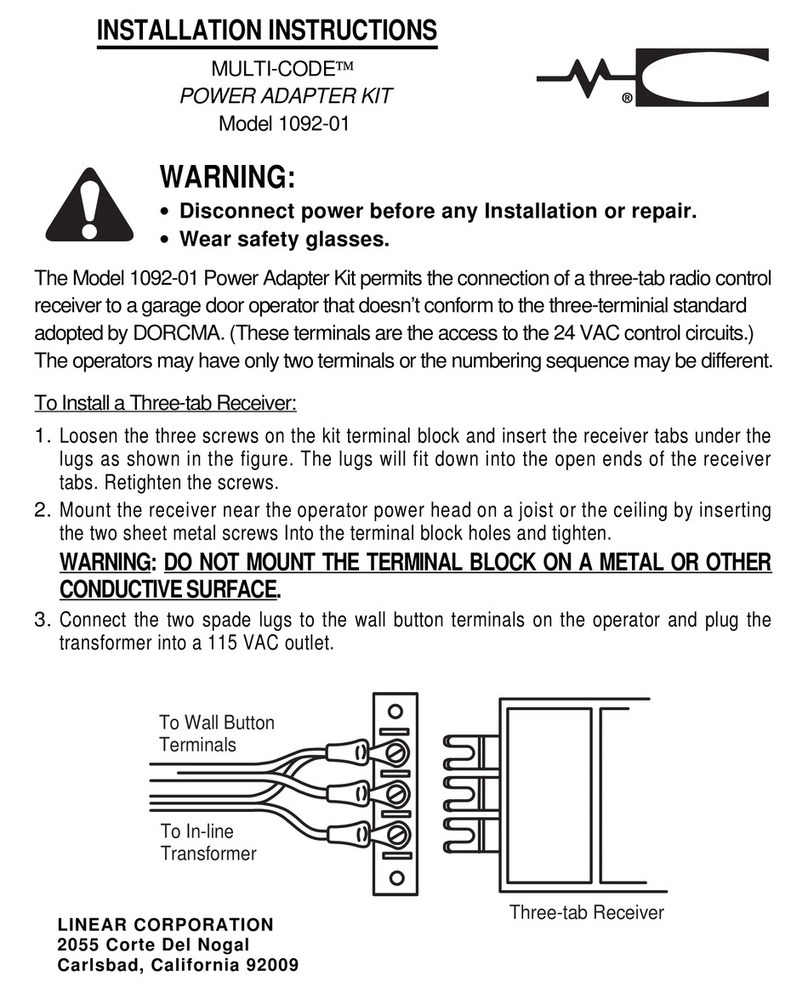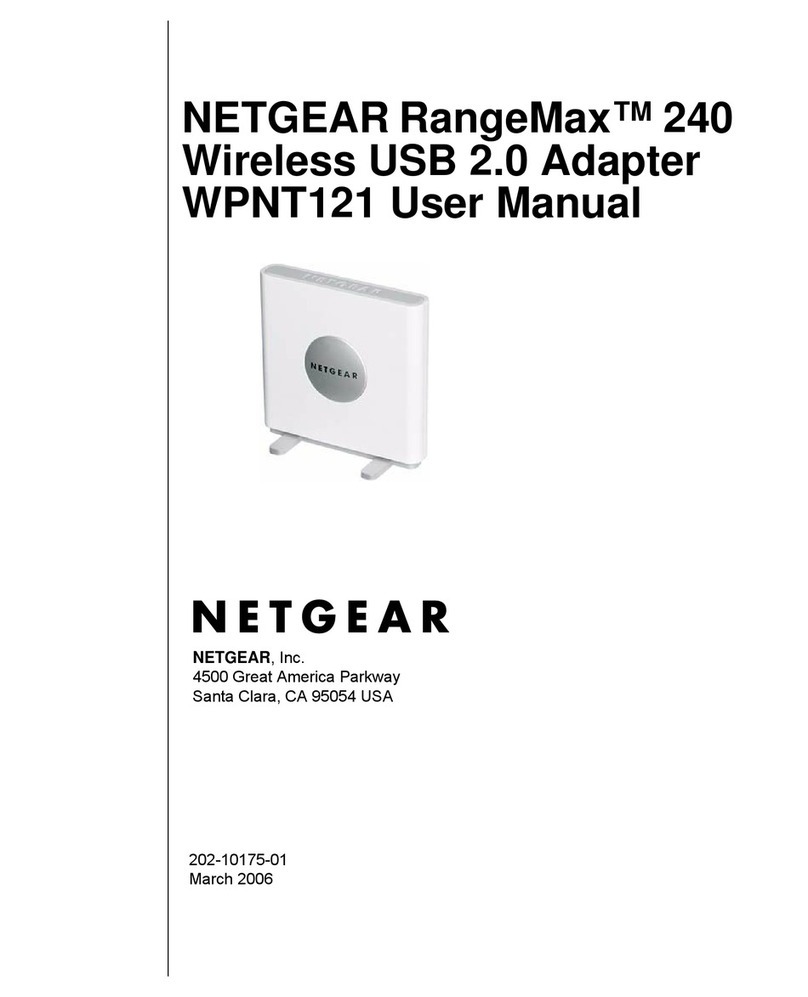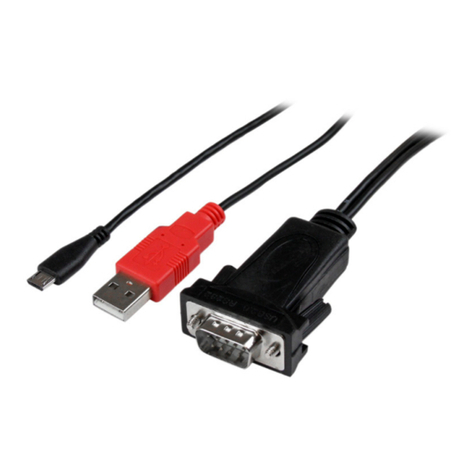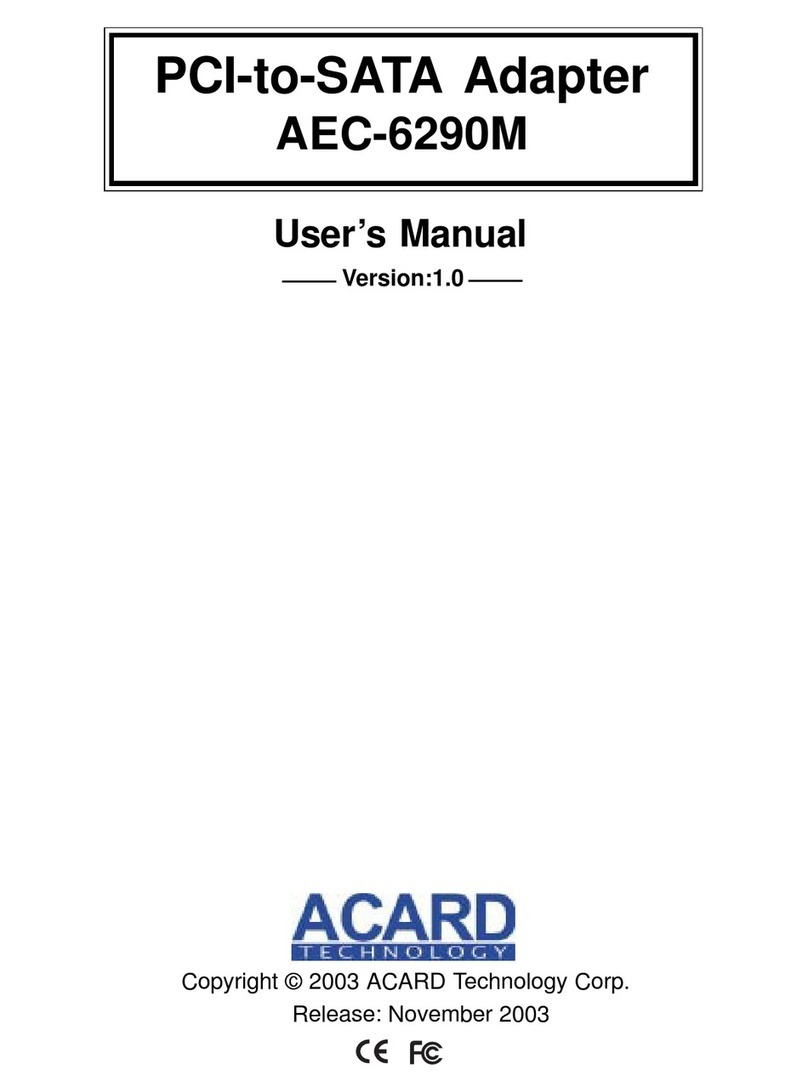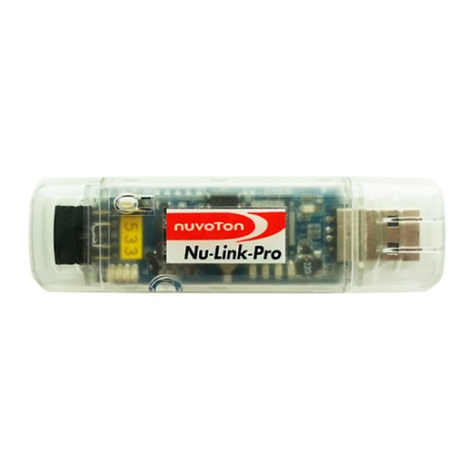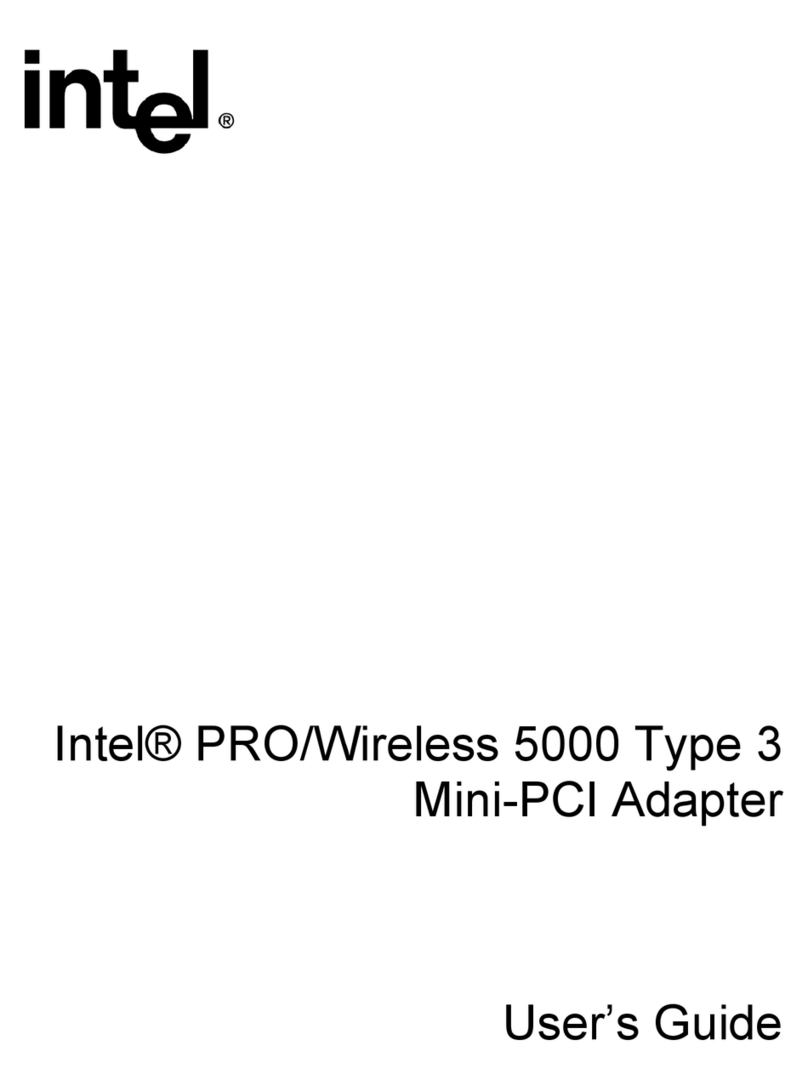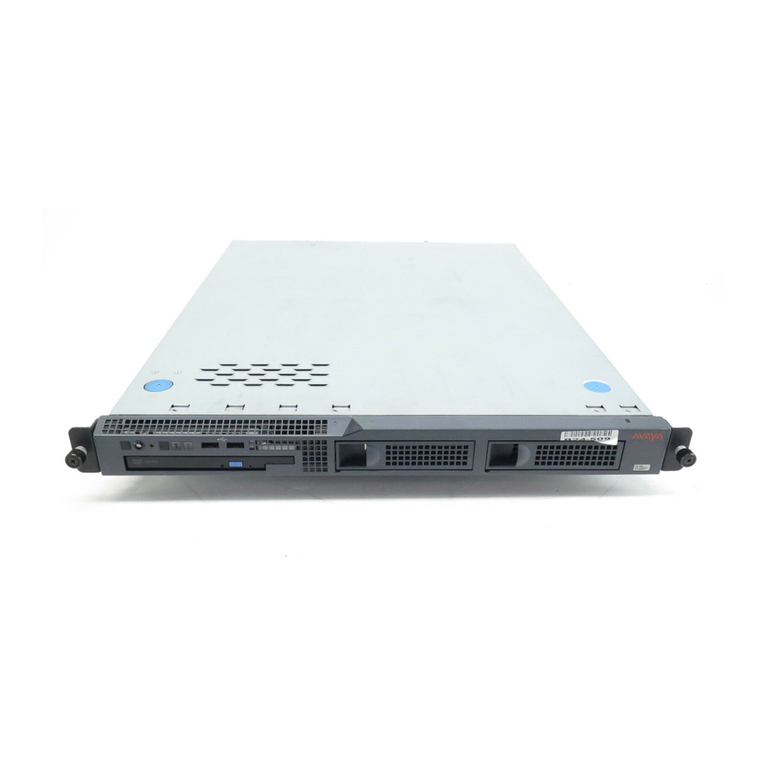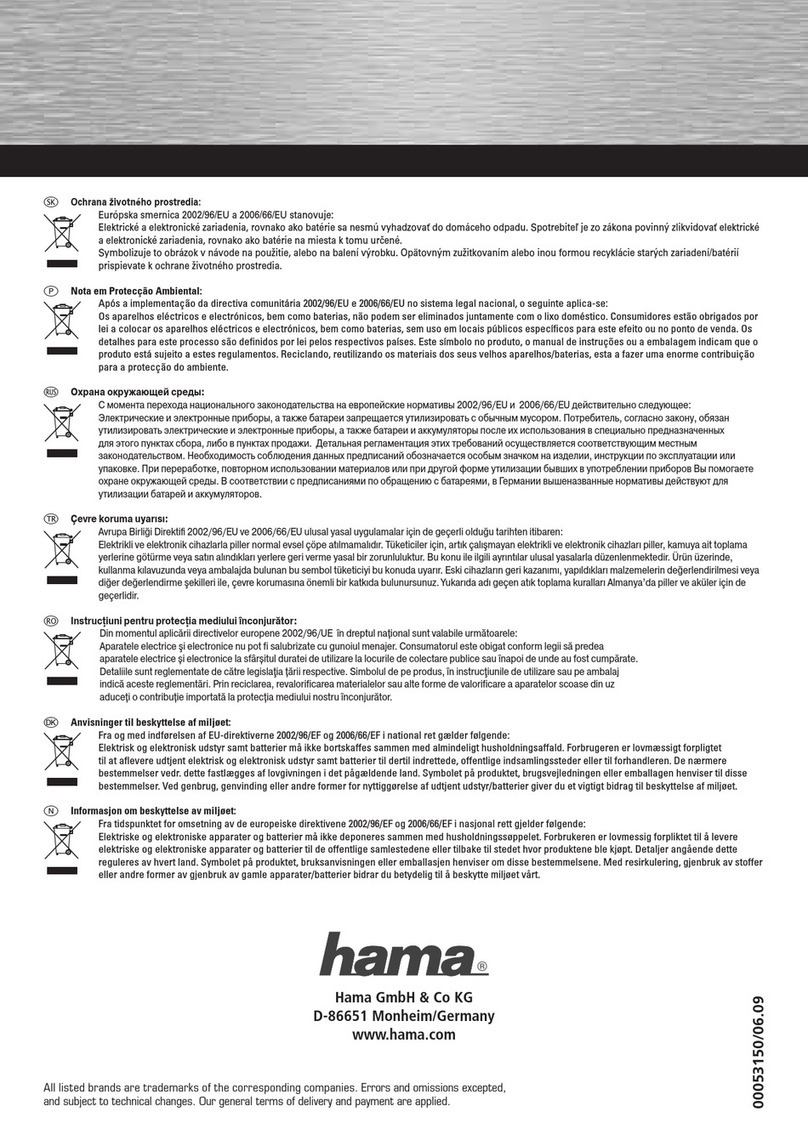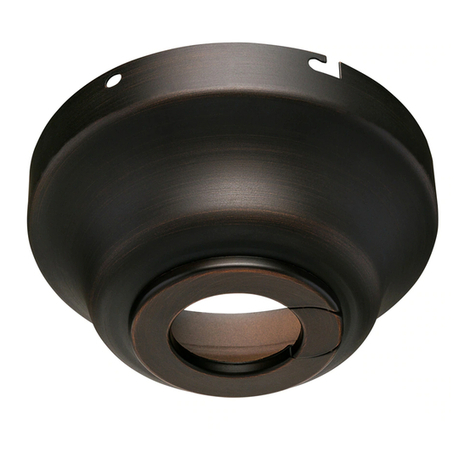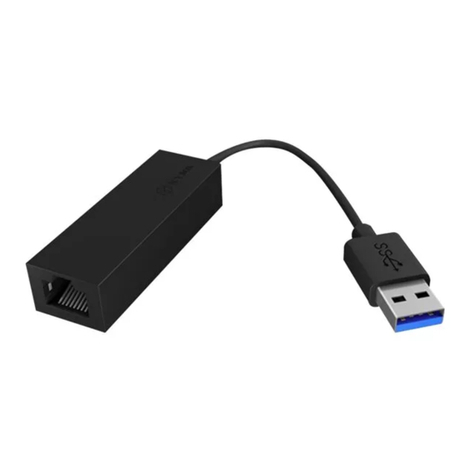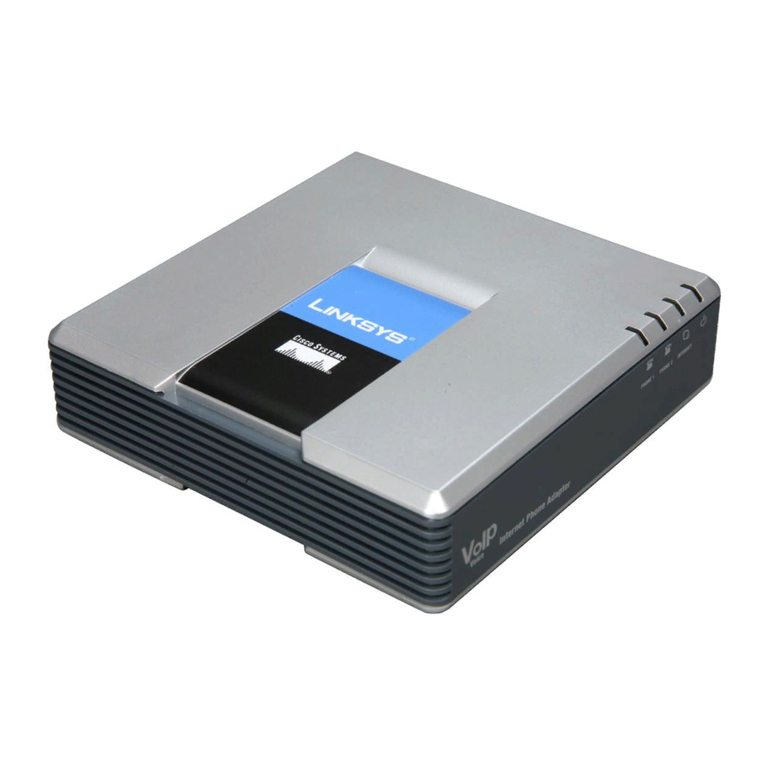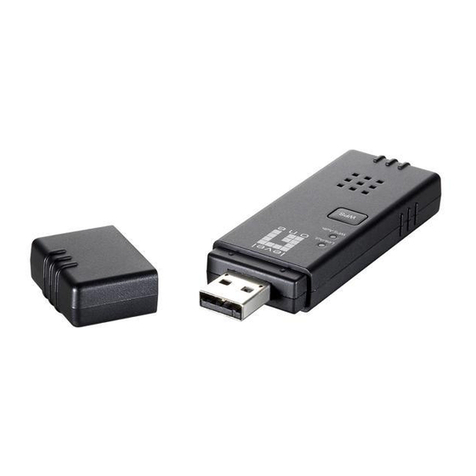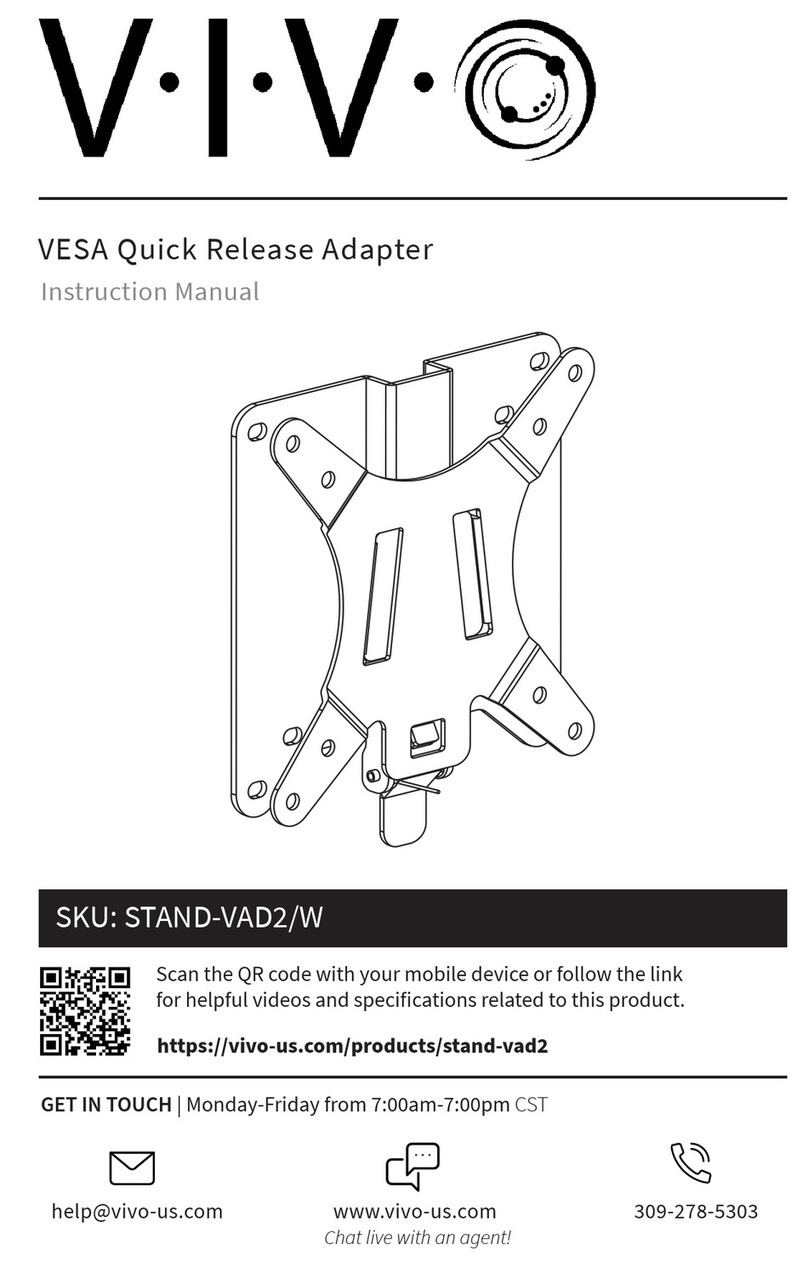HandyWave HandyPort-Serial HPS-120 User manual

HPS-120 HandyPort-Serial
Wireless Solutions in your Hand
User’s Manual
UK / Europe Office
Tel: +44 (0)8700 434040
Fax: +44 (0)8700 434045
info@omniinstruments.co.uk
www.omniinstruments.co.uk
Australia / Asia Pacific Office
Tel +61 (0)282 442 363
Fax +61 (0)294 751 278
info@omniinstruments.com.au
www.omniinstruments.com.au
USA / Canada Office
Tel +1-866-849-3441
Fax +1-866-628-8055
info@omniinstruments.net
www.omniinstruments.net

2
Table of Contents
1. INTRODUCTION....................................................................................................................3
1.1. FEATURES.........................................................................................................................3
1.2. PACKAGE ..........................................................................................................................3
2. SPECIFICATIONS..................................................................................................................4
2.1. GENERAL..........................................................................................................................4
2.2. RS-232 INTERFACE...........................................................................................................5
2.2.1. Pin-out .........................................................................................................................5
2.2.2. Signals.........................................................................................................................5
2.3. FACTORY SETTING.............................................................................................................5
2.4. DISPLAY STATUS................................................................................................................6
2.5. RESET BUTTON .................................................................................................................6
2.5.1. Enter Configuration Mode............................................................................................6
2.5.2. Exit Configuration Mode ..............................................................................................6
2.5.3. Re-connection..............................................................................................................6
3. HARDWARE INSTALLATION ...............................................................................................7
3.1. HARDWARE DESCRIPTION ..................................................................................................7
3.2. POWER SUPPLY.................................................................................................................7
3.3. INSTALL PROCEDURE.........................................................................................................7
4. USAGE...................................................................................................................................8
4.1. HYPER TERMINAL SETTINGS ..............................................................................................8
4.2. CONFIGURATION................................................................................................................8
4.2.1. Start Configuration.......................................................................................................8
4.2.2. Usage Printing.............................................................................................................8
4.2.3. After Configuration.......................................................................................................8
4.3. COMMAND SET..................................................................................................................9
4.3.1. Command List for Local Device...................................................................................9
4.3.2. Command List for Remote Device.............................................................................10
UK / Europe Office
Tel: +44 (0)8700 434040
Fax: +44 (0)8700 434045
info@omniinstruments.co.uk
www.omniinstruments.co.uk
Australia / Asia Pacific Office
Tel +61 (0)282 442 363
Fax +61 (0)294 751 278
info@omniinstruments.com.au
www.omniinstruments.com.au
USA / Canada Office
Tel +1-866-849-3441
Fax +1-866-628-8055
info@omniinstruments.net
www.omniinstruments.net

3
1. Introduction
Thank you for purchasing a HandyPort-Serial. The HandyPort-Serial can be used as a
component in many types of systems allowing them to communicate wirelessly with other
Bluetooth products such as PC-cards, laptops, handheld computers, mobile phones and other
HandyPort-Serial. The HandyPort-Serial is a suitable component in new products as well as in
existing products.
1.1. Features
z Supports Bluetooth Serial Port Profile and Generic Access Profile
z No need of external host and software
z Easy of installation and use
z Supports configuration of the local device
z Supports configuration of the remote device via Over-the-Air
z Easy of maintenance
z Supports up to 100 meter (Line of Sight)
1.2. Package
z HPS-120 2 EA
z Antenna 2 EA
z A USB Cable for Power Supply
z A Manual
UK / Europe Office
Tel: +44 (0)8700 434040
Fax: +44 (0)8700 434045
info@omniinstruments.co.uk
www.omniinstruments.co.uk
Australia / Asia Pacific Office
Tel +61 (0)282 442 363
Fax +61 (0)294 751 278
info@omniinstruments.com.au
www.omniinstruments.com.au
USA / Canada Office
Tel +1-866-849-3441
Fax +1-866-628-8055
info@omniinstruments.net
www.omniinstruments.net

4
2. Specifications
2.1. General
Baud Rate Up to 115.2kbps (Recommend above 2.4kbps)
Supports 1.2/2.4/4.8/9.6/19.2/38.4/57.6/115.2kbps
Coverage Up to 100 M
Connection Point-to-Point
Signal DCD, TxD, RxD, GND, CTS/DSR(Remark1), DTR, RTS
RS-232 Interface D_SUB 9 Pin Female
Standard Bluetooth Specification Version 1.1
Frequency 2.400 ~ 2.4835GHz
Hopping 1,600/Sec, 1MHz Channel Space
Modulation GFSK, 1Mbps, 0.5BT Gaussian
Tx. Power Max 20 / Typical 16dBm (Class 1)
Rx. Sensitivity -84dBm
Antenna Interface SMA Female
Antenna Gain Max. 2dBi
Power Supply +5 ~ +12Vdc
Current
Consumption
Max. 110mA
Operation
Temperature
-20 ~ 75 °C
Size 35mm (W) x 65mm (D) x 16mm (H)
Remark1) The default hardware configuration is for using CTS. If you want to use DSR, please
contact us.
UK / Europe Office
Tel: +44 (0)8700 434040
Fax: +44 (0)8700 434045
info@omniinstruments.co.uk
www.omniinstruments.co.uk
Australia / Asia Pacific Office
Tel +61 (0)282 442 363
Fax +61 (0)294 751 278
info@omniinstruments.com.au
www.omniinstruments.com.au
USA / Canada Office
Tel +1-866-849-3441
Fax +1-866-628-8055
info@omniinstruments.net
www.omniinstruments.net

5
2.2. RS-232 Interface
2.2.1. Pin-out
2.2.2. Signals
Pin Number Signal Direction Description
1 DCD Output Data Carrier Detect
2 TxD Output Transmitted Data
3 RxD Input Received Data
4 DSR N/A (Input) Option: Data Set Ready(Remark1)
5 GND N/A Signal Ground
6 DTR Output Data Terminal Ready
7 CTS Input Clear to Send(Remark1)
8 RTS Output Request to Send
9 Vcc Input Power Supply
Remark1) The default hardware configuration is for using CTS. If you want to use DSR, please
contact us.
2.3. Factory Setting
The following is the factory setting of COM port.
z Baud rate: 9600 bps
z Data Bit: 8 bit
z Parity Bit: No parity
z Stop Bit: 1 stop bit
z Flow control: None
UK / Europe Office
Tel: +44 (0)8700 434040
Fax: +44 (0)8700 434045
info@omniinstruments.co.uk
www.omniinstruments.co.uk
Australia / Asia Pacific Office
Tel +61 (0)282 442 363
Fax +61 (0)294 751 278
info@omniinstruments.com.au
www.omniinstruments.com.au
USA / Canada Office
Tel +1-866-849-3441
Fax +1-866-628-8055
info@omniinstruments.net
www.omniinstruments.net

6
2.4. Display Status
The following is status LED information.
z OPR (Red): When HPS-120 is powered on, it is turned on or flashing.
z LNK (Green): When a wireless link is on, it is turned on. If HPS-120 is in the
configuration mode, it will be flashing every second.
2.5. Reset Button
The RST button has the following functions.
z Enter / Exit the configuration mode
z Restore the factory settings
z Disconnect and reconnect a wireless connection.
2.5.1. Enter Configuration Mode
When the LNK LED is OFF, push the RST button. When the LNK LED is ON, you have to push
the RST button twice to enter the configuration mode. If you enter the configuration mode
successfully, LNK LED will be flashing every second. And HPS-120 COM port will be stored the
factory settings.
2.5.2. Exit Configuration Mode
You can have two options to exit the configuration mode.
Exit the configuration mode by software: Type “X”.
Exit the configuration mode by the RST button: Push the RST button.
2.5.3. Re-connection
When the LNK LED is on, you can push the RST button to disconnect and reconnect a wireless
link.
Waning!
If you push the RST button, the COM port of HPS-120 will be stored the factory setting.
UK / Europe Office
Tel: +44 (0)8700 434040
Fax: +44 (0)8700 434045
info@omniinstruments.co.uk
www.omniinstruments.co.uk
Australia / Asia Pacific Office
Tel +61 (0)282 442 363
Fax +61 (0)294 751 278
info@omniinstruments.com.au
www.omniinstruments.com.au
USA / Canada Office
Tel +1-866-849-3441
Fax +1-866-628-8055
info@omniinstruments.net
www.omniinstruments.net

7
3. Hardware Installation
3.1. Hardware Description
3.2. Power Supply
You can supply power to the HPS-120 as follows:
Use an AC/DC converter (Output Power: +5 ~ +12Vdc / 300mA).
Use a provided USB cable.
You can supply power via 9th pin of D_SUB 9 Pin connector.
3.3. Install Procedure
Step 1: Assemble a provided antenna to HPS-120 body.
Step 2: Plug a HPS-120 into the COM port of device.
Step 3: Power on.
Step 4: Configure the HPS-120, if necessary.
Antenna /
Connector
DC In Jack
Screw
RS-232
Connector
RST Button
OPR LED
LNK LED
USB Cable
for Power
UK / Europe Office
Tel: +44 (0)8700 434040
Fax: +44 (0)8700 434045
info@omniinstruments.co.uk
www.omniinstruments.co.uk
Australia / Asia Pacific Office
Tel +61 (0)282 442 363
Fax +61 (0)294 751 278
info@omniinstruments.com.au
www.omniinstruments.com.au
USA / Canada Office
Tel +1-866-849-3441
Fax +1-866-628-8055
info@omniinstruments.net
www.omniinstruments.net

8
4. Usage
You can change the configuration of HPS-120 using Hyper Terminal.
4.1. Hyper Terminal Settings
Baud Rate: 9600 bps / Data Bit: 8 / Parity Bit: None / Stop Bit: 1 / Flow Control: None /
Emulation: VT100
4.2. Configuration
4.2.1. Start Configuration
Step 1: Plug a HPS-120 into a COM port of PC. And Power it on.
Step 2: Open a Hyper Terminal and set it up.
Step 3: Push the RST button on HPS-120. If you enter the configuration mode successfully,
LNK LED will be flashing every second.
Step 4: Hit the <Enter> key, 5 second later.
Step 5: Change the configuration of HPS-120 with commands, if necessary.
4.2.2. Usage Printing
If you are in the configuration mode, type “?” key. You will see the usage. All commands and
parameters are case sensitive. And you cannot use a <Backspace>.
4.2.3. After Configuration
After finishing the configuration, you have to execute a command “X” to apply changes.
UK / Europe Office
Tel: +44 (0)8700 434040
Fax: +44 (0)8700 434045
info@omniinstruments.co.uk
www.omniinstruments.co.uk
Australia / Asia Pacific Office
Tel +61 (0)282 442 363
Fax +61 (0)294 751 278
info@omniinstruments.com.au
www.omniinstruments.com.au
USA / Canada Office
Tel +1-866-849-3441
Fax +1-866-628-8055
info@omniinstruments.net
www.omniinstruments.net

9
4.3. Command Set
4.3.1. Command List for Local Device
Item Syntax Description Remarks
1. Connecting
address
AAddr<Enter> Set a remote device
address for a wireless
connection.
A local and remote
BD_ADDR always need to
be difference.
2. Baud rate BBaud Rate Change the baud rate Baud Rate - 0: 1200, 1:
2400, 2: 4800, 3: 9600, 4:
19200, 5: 38400, 6: 57600,
7: 115200
3. COM port CCOM Port This is only valid in connection
mode 2.
4. PIN code EPIN<Enter> Authentication Off: Type <Enter>
Authentication On: Type up to 11
characters
Paired adapters should
have a same PIN code.
5. Flow control FFlow Control Set the Flow control. 0: None, 1: Hardware, 2:
DTR/DSR, 3: Hardware &
DTR/DSR
6. Connection
mode
Mmode Set a connection mode 0: 1:1 Mode, 1: WAIT Mode,
2: REGISTER and
CONNECT Mode
7. Friendly name Nname<Enter> Set a friendly name up to 11
characters.
8. Command for
the remote
O Enter configuration mode
for the remote.
9. Parity Bit Pparity Set the parity bit. 0: None, 1: Odd 2: Even
10. Stop Bit Sstop Set the stop bit. 0: 1 Stop, 1: 2 Stop
11. View V Display configuration
information
12. Exit X Apply changes.
13. Usage ? Print the usage.
Waning!
If you push the RST button, the COM port of HPS-120 will be stored the factory setting.
UK / Europe Office
Tel: +44 (0)8700 434040
Fax: +44 (0)8700 434045
info@omniinstruments.co.uk
www.omniinstruments.co.uk
Australia / Asia Pacific Office
Tel +61 (0)282 442 363
Fax +61 (0)294 751 278
info@omniinstruments.com.au
www.omniinstruments.com.au
USA / Canada Office
Tel +1-866-849-3441
Fax +1-866-628-8055
info@omniinstruments.net
www.omniinstruments.net

10
4.3.2. Command List for Remote Device
To change the configuration for a remote device via over-the-air, firstly you have to use a
command “O” at the local device. The following are a procedure for changing configuration of
remote device via over-the-air.
z Configure a remote device at the local device.
z Save changes at the local device.
z Make a connection between the local device and remote device (Automatically).
z Send changes from the local device to the remote device (Automatically).
z Apply changes at the remote device and reboot (Automatically).
Item Syntax Description Remarks
1. Connecting
address
AAddr<Enter> Set a connecting address for
remote device.
2. Baud rate BBaud Rate Change the baud rate for the
remote.
3. COM port CCOM Port This is only valid in mode 2.
4. PIN code EPIN<Enter> Authentication Off: Type <Enter>
Authentication On: Type up to 11
characters
Paired adapters should
have a same PIN code.
5. Flow control FFlow Control Set the Flow control for remote.
6. Connection
mode
MMode Set a connection mode for
remote.
7. Friendly name NName<Enter> Set a friendly name up to 11
characters for remote.
8. Parity Bit PParity Set the parity bit. 0: None, 1: Odd 2: Even
9. Stop Bit SStop Set the stop bit. 0: 1 Stop, 1: 2 Stop
10 View V Display configuration
information for remote
11. Exit X Save changes and return to
main menu.
12. Usage ? Print the usage.
Remarks1: To configure a remote device via over-the-air, a local device must be able to make a
connection to the remote device.
Remarks2: You can change a PIN code for the remote and local device as follows:
Change a PIN for remote at the local -> Apply it. -> Change a PIN for local and apply it.
Remarks3: Once you change a connecting address, and connection mode for the remote, the
local device won’t be able to make a connection to the remote device.
UK / Europe Office
Tel: +44 (0)8700 434040
Fax: +44 (0)8700 434045
info@omniinstruments.co.uk
www.omniinstruments.co.uk
Australia / Asia Pacific Office
Tel +61 (0)282 442 363
Fax +61 (0)294 751 278
info@omniinstruments.com.au
www.omniinstruments.com.au
USA / Canada Office
Tel +1-866-849-3441
Fax +1-866-628-8055
info@omniinstruments.net
www.omniinstruments.net
Other manuals for HandyPort-Serial HPS-120
2
Table of contents
Other HandyWave Adapter manuals

